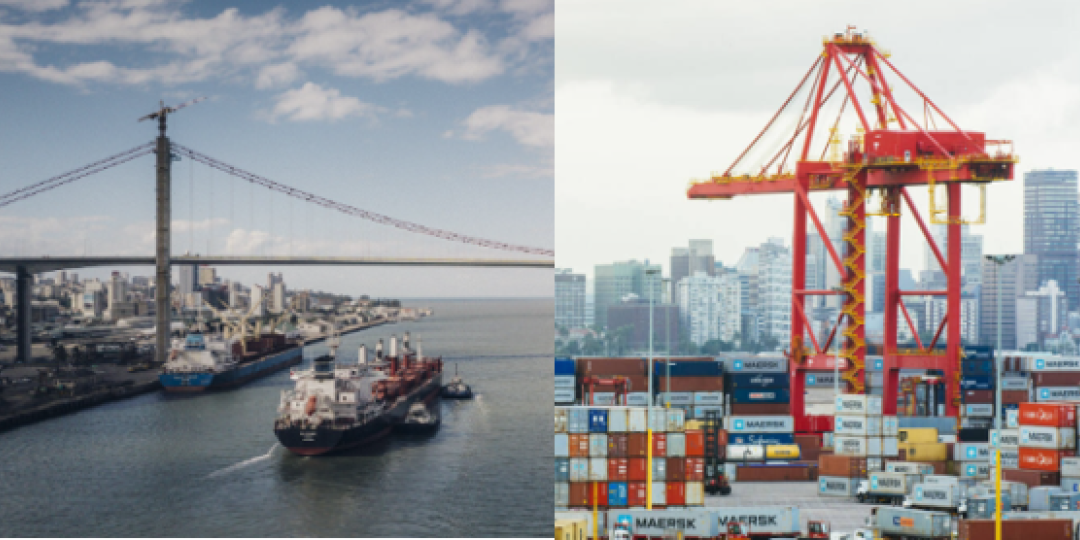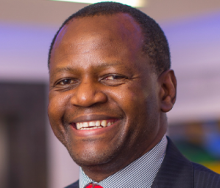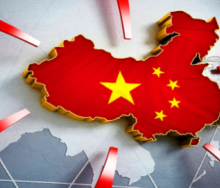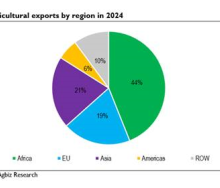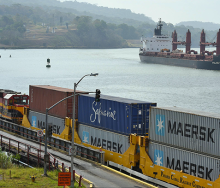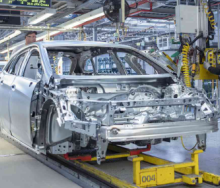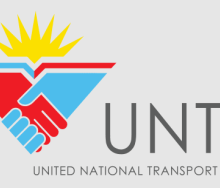The full control that Grindrod Limited will be taking at Maputo port’s Terminal de Carvão da Matola Limitada (TCM), at a cost of R1.3 billion, underscores the increasing preference South African businesses have for Mozambique's trade infrastructure.
The acquisition of the remaining 35% stake in the entity comes at a time when the Port of Maputo is emerging as a formidable competitor to South Africa, Tom Gould has written in BusinessLive.
The Matola terminal, currently operating as a sub-concession of the Port of Maputo, is already partially owned by Grindrod.
The report adds that in 2023, Grindrod's operations at the Maputo terminals experienced a 28% year-on-year increase in cargo handling, as shippers sought alternatives to South Africa’s congested ports.
Over the last two decades, the Port of Maputo has attracted approximately $870 million in private investment, according to Osório Lucas, CEO of the Maputo Port Development Company (MPDC).
He highlighted that two-thirds of this funding had been secured in the past decade, largely under the leadership of UAE-based DP World.
The investments have produced notable results, with cargo volumes handled at the port rising from 22.2 million tonnes in 2021 to 31.2 million tonnes in 2023.
A significant proportion of this increase—over 70%—consists of transit goods, with more than 95% originating from South Africa.
Gould writes that independent risk consultant Marisa Lourenço, who covers southern Africa, explained that South Africa’s freight logistics sector had long suffered from congestion.
The growing shift from rail to road freight, due to the inefficiency of Transnet Freight Rail (TFR), has exacerbated the situation, making it difficult for the ports to handle goods efficiently and hurting companies' profitability.
She added that bulk cargo passing through Mozambique from South Africa typically consisted of chrome, coal, and magnetite, with Maputo benefiting from its closer proximity to South Africa’s coalfields and chrome mines, compared to Richards Bay.
Lourenço also suggested that, in recent years, TFR may have actively encouraged businesses to divert goods through Maputo to ease the pressure on South Africa’s infrastructure.
This would be in response to both long-standing mismanagement at Transnet and the significant role South Africa plays as a major export route for the broader southern and central African regions, which has placed considerable strain on the country's logistical capabilities.
Thanks to these developments, Maputo overtook Durban in 2022 in the World Bank’s container port performance index.
Looking to the future, the MPDC has secured a 25-year extension of its concession to operate the port, extending the agreement until 2058.
In exchange, the consortium is committed to investing an additional $2bn into the port, with $1.1bn to be spent by 2033, when the original concession was set to expire.
The port aims to increase its handling capacity to 52 million tonnes by 2058, up from its current 37m tonnes, which would equate to handling approximately one million containers annually.
While this would represent a significant achievement, it still falls short of Durban’s 3.6m container capacity, with the port remaining one of the busiest in the southern hemisphere.
Despite these developments, South Africa continues to maintain a strong lead over its competitors in terms of overall capacity.
Lourenço, however, indicated that while Maputo had made impressive strides in increasing exports, Mozambique was unlikely to replace South Africa as a key import-export route in the near future.
She pointed to the example of the Houthi attacks in October, which diverted vessels away from the Red Sea.
Despite South Africa’s logistical challenges, it was still able to absorb most of the diverted traffic, while no other African port could handle such excess cargo to the same degree.
While Maputo has seen significant growth in its export volume, its efforts to increase imports from South Africa have been less successful, largely due to the economies of scale enjoyed by South Africa's ports.
Lucas acknowledged that attracting return loads would be crucial in making the Maputo corridor more appealing to businesses.
However, Durban remains the dominant option due to the large volume of goods it processes, despite its own inefficiencies.
Reflecting on the situation, Lucas suggested that South Africa’s success in managing its infrastructure demands had, in some respects, led to its current challenges.
He noted that Mozambique had benefited from South Africa’s internal problems, having managed to attract private finance to accelerate its own development, something South Africa could potentially learn from, especially as it continues to delay the privatisation of its ports.
Nevertheless, Lucas expressed optimism, believing that both countries stood to benefit from the region’s growth.
He emphasised that Mozambique was not trying to take away from South Africa’s trade, but rather was enjoying its own share of the region's increasing opportunities, BusinessLive reports.
